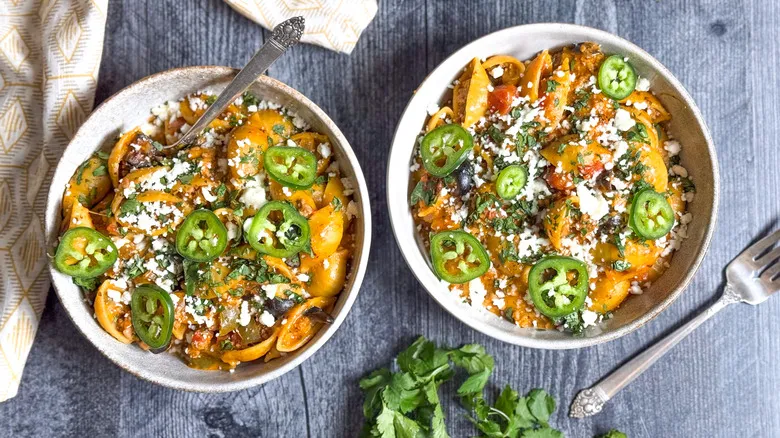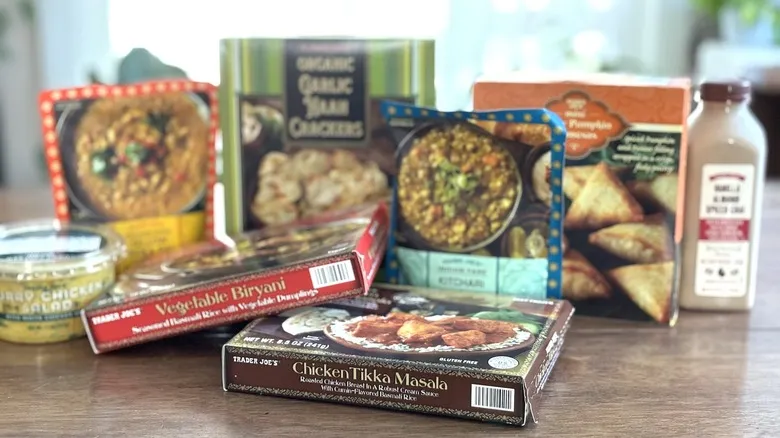Two ways to upgrade garlic and aglio e olio's origins
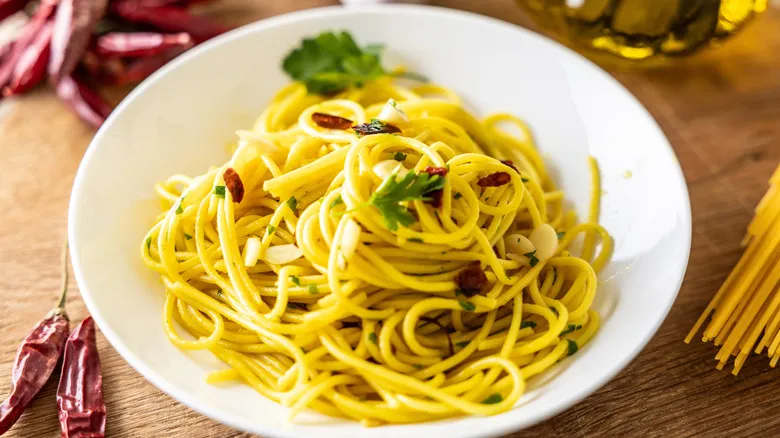
Roasting an entire head of garlic until the cloves become golden and creamy makes them easy to spread into pasta, imparting a rich, caramelized sweetness that beautifully contrasts any heat from chili flakes you might add. Alternatively, you can incorporate gently sautéed, golden garlic cloves into your final dish for a creative way to enhance both flavor and texture. No matter which method you choose for preparing garlic, the outcome is a refined version of aglio e olio that retains its appealing simplicity while offering a more complex garlic experience in every bite.
Like many beloved pasta dishes with intriguing backstories, the simple aglio e olio has roots that trace back to 19th century Naples, Italy. It emerged as a dish classified as "cucina povera," representing recipes that originated from Italy's peasant communities and showcasing the ingenuity of Naples' working class. Some of the most iconic Italian dishes we cherish today were created out of necessity, making use of local and seasonal ingredients while minimizing food waste. Aglio e olio is no exception, but it can reach new heights with just a little extra time and a generous amount of garlic.
Recommended
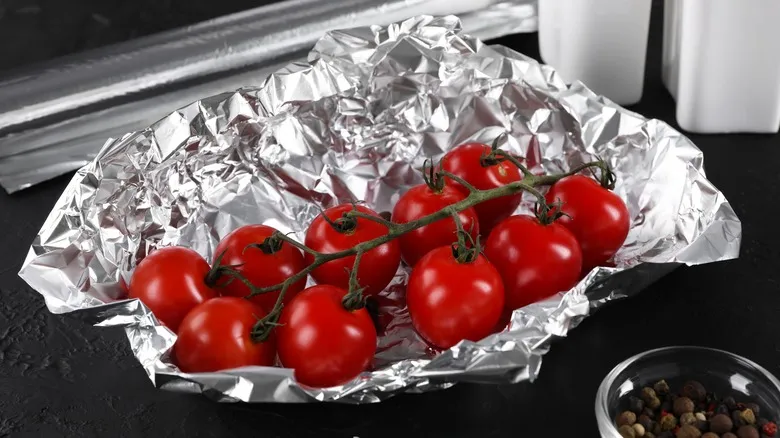
Why You Should Avoid Aluminum Foil For Acidic Food
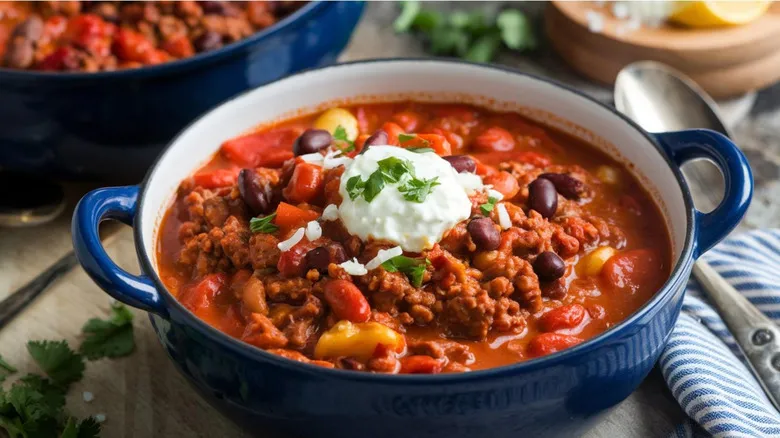
The Classic Soda That Brings Depths Of Flavor To Your Chili
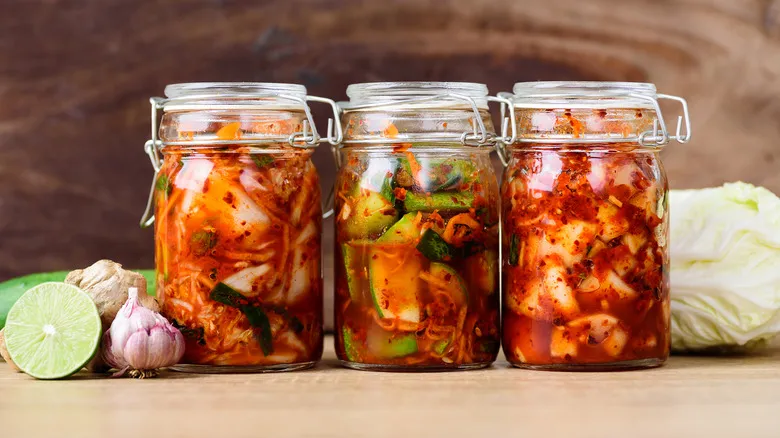
How Long Does Store-Bought Kimchi Last After Opening?
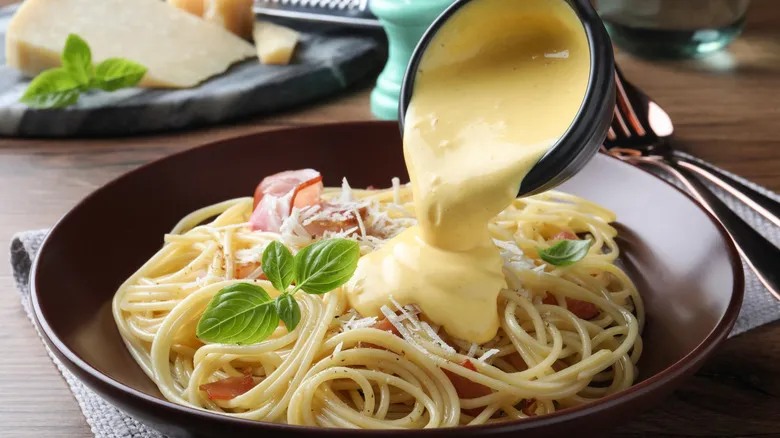
The Chemistry Teacher-Approved Trick For Perfectly Melted Cheese Sauce
Next up


